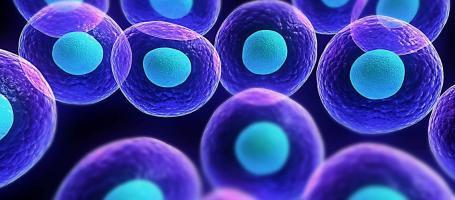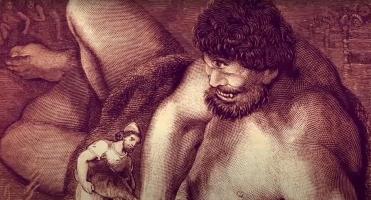What if humans were immortal ?
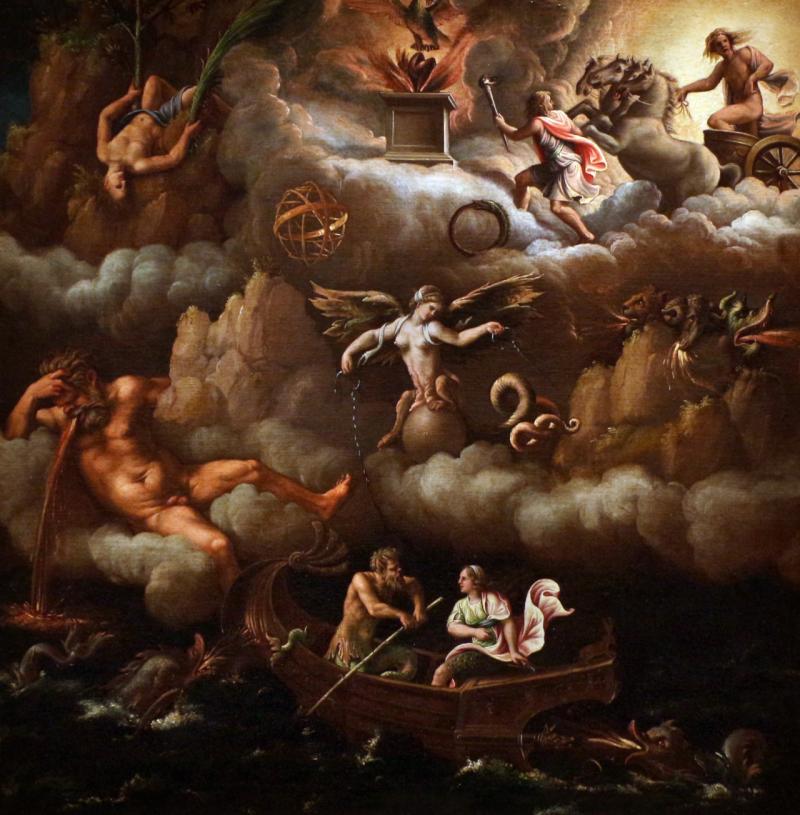
More and more frequently we hear about people who are over one hundred years old, or about couples celebrating seventy or more years of marriage. The lengthening of human life is an established fact and it has been possible thanks to the progress of medicine that has defeated numerous infectious and parasitic diseases, to the strict compliance with hygiene rules, to a specific and well-balanced diet and to adequate physical exercise. The lifestyle improvement process in the future will further reduce mortality and consequently increase the number of older people. According to some researchers, the problem relating to the aging of the population will take the place of population growth as a phenomenon of greater importance from a socio-economic point of view in the coming years. Perhaps for this reason, in recent times, the biological sciences are taking seriously the question of human aging. Why do we get older? Up to what age will we be able to live in the future? Will immortality be achieved?
It is clear to everyone that most living organisms, including man, do not die of old age. Usually an animal (or a plant) dies because it can no longer get the food it needs, or because it is eaten by another animal or killed by a parasite or some environmental cause, such as a fire or flood. Aging increases the chances of death from one of these causes. However, humans and the animals he protects, such as dogs and cats, are more likely to live longer than wild animals, especially if they live in highly industrialized countries.
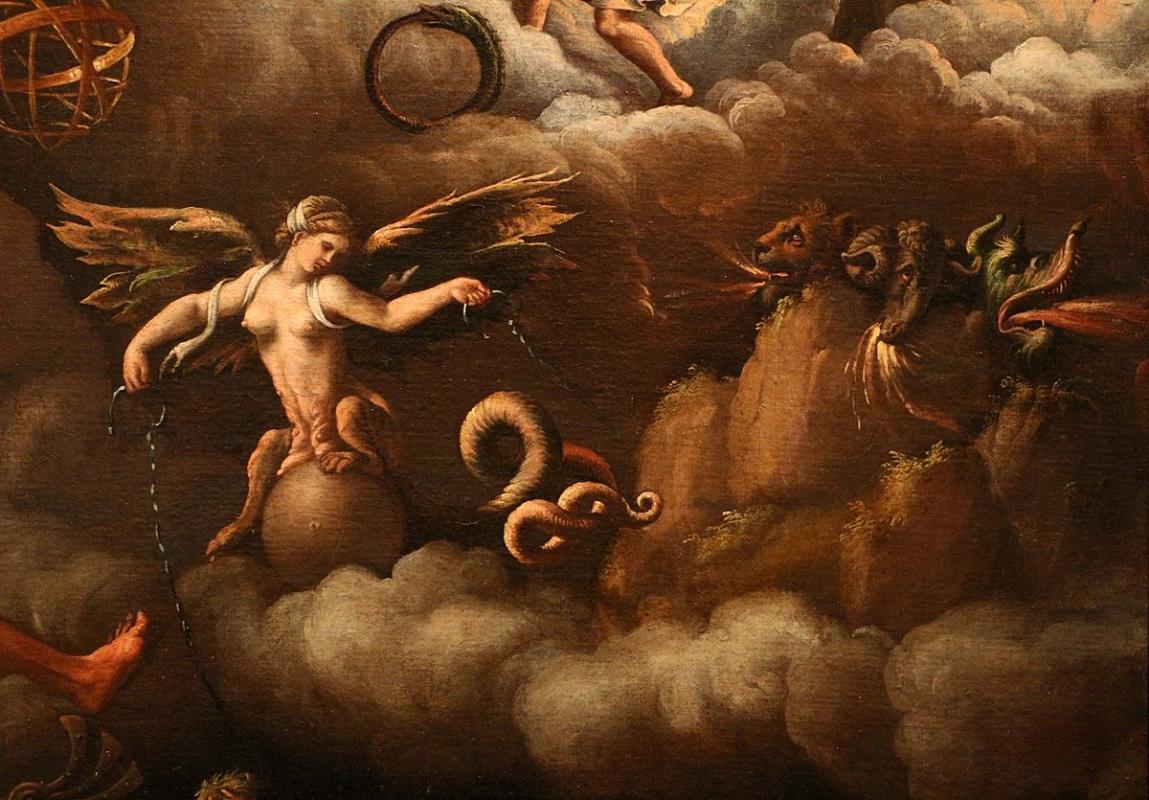
It has long been known that for each species there is a maximum reachable age: for mice, for example, this age is 3 years, for dogs, which live on average 18 years, it is 34 and cats can live to the maximum. 31 years old. For humans, whose average life span is currently around 75-78 years, there is an upper limit around 120 years. Recently the chronicles reported the news of the death, at the age of 122, of a French woman but, if confirmed, it would be a record that is difficult to overcome and perhaps never reached previously by the human species.
If we could understand the reason why human beings age, or why wasting and death are inevitable processes for us, perhaps we would be able to delay or prevent all those forms of cancer, cardiovascular disease and other disabling diseases. which affect adults with a frequency that progressively increases with age. The goal of the research, however, is not so much to extend life beyond the current limit as to live long in good health and then face a rapid meltdown.
Before continuing, it is good to specify that the concept of life and death is not as obvious as it seems. Bacteria, for example, which are single-celled organisms, reproduce by dividing in two. At the act of reproduction, therefore, a single cell ceases to exist as an individual, but at the same time the life of two other cells (individuals) begins, which have inherited from the mother all the living substance that was in her. However, cellular immortality seems to have been lost in the transition from unicellular life forms to multicellular life forms where cells appear to be specialized in various functions.
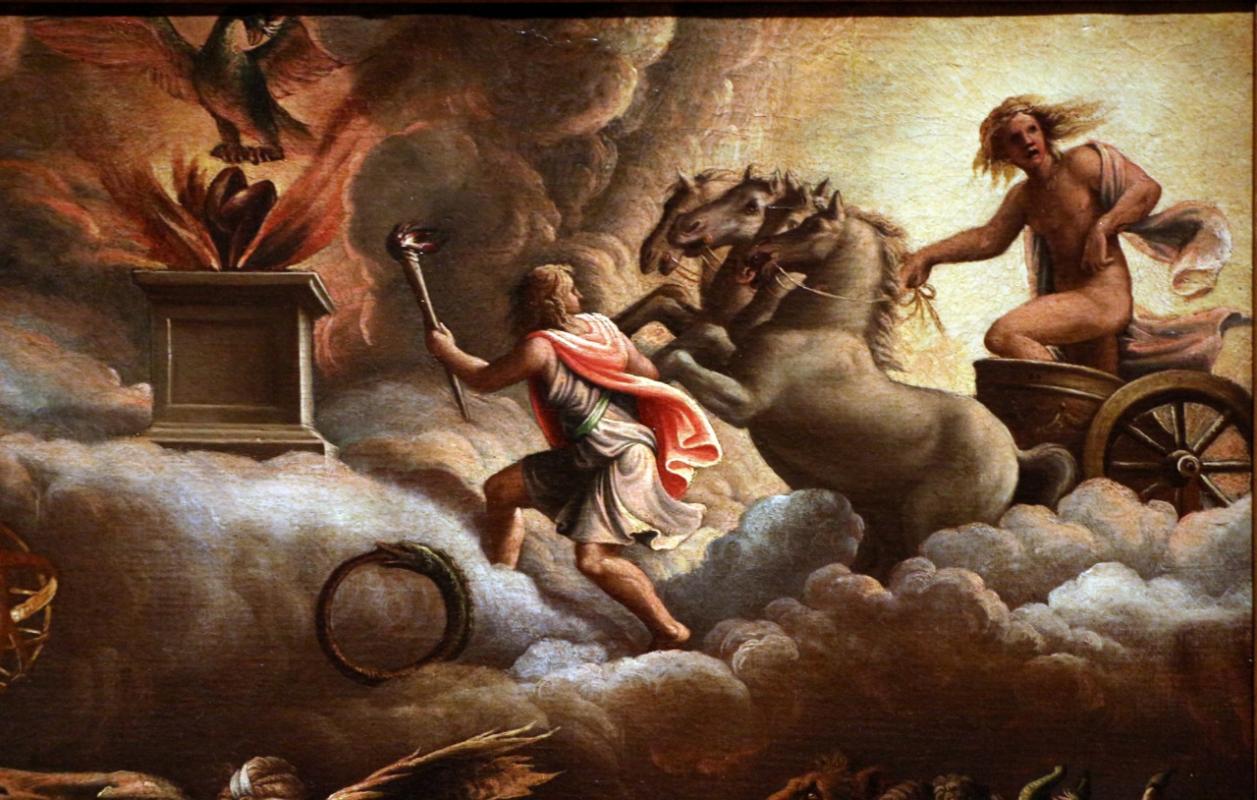
Human cancer cells, however, are dividing relentlessly, having lost that specialization in various functions that limits the ability to divide. The most famous cancer cells are those called He-La from the initials of the name of a woman who died of cancer many years ago and which, having acquired immortality, continue to reproduce incessantly in various scientific laboratories. Two American researchers from the Cell Science Center fused a normal cell with an immortal (tumor) cell, resulting in a hybrid unable to divide indefinitely. This would prove that immortality, from a genetic point of view, is a recessive trait and therefore a positive control should exist in the normal cell which actively limits the ability to divide from one descendant to another.
Based on the research carried out so far, the theories on aging can be reduced to two. Some scientists believe that senescence is the direct consequence of a rigid genetic program which, after a certain number of years, foresees the organic decay of the individual and therefore death. The genetic program is none other than the set of information relating to the physical and psychic characteristics that distinguishes each of us and is written, in chemical language, inside the chromosomes, that is, those very complex molecular structures formed mainly of DNA.
Evolutionary theory teaches that the most suitable organisms to survive and reproduce are those which then exert the greatest influence on the chromosomal makeup of future generations because they transmit favorable genetic variants to their offspring. Similarly, natural selection tends to eliminate the characters that exert a lethal effect before the individual who guards them reaches sexual maturity. It was once thought that senescence was established because the elimination of the oldest individuals increased the biological success of the youngest, making available to them the food resources no longer usable. Today, however, it is believed that the genes (tracts of chromosomes) responsible for aging carried out, in the young organism, an activity in favor and only after the reproductive phase did they start a disadvantageous activity, when by now the selection was no longer able to eliminate them. The confirmation of this hypothesis would be found in the activity of the pituitary gland, an endocrine gland which, among the various tasks, also regulates the functioning of the ovaries but which, at the same time, seems to contribute to their aging. Nature does not care about the single organism but about the whole of organisms of that type, that is the species and therefore protects the individual until sexual maturity is reached, then it abandons him to his destiny, because from that moment on he would no longer be useful for the continuation of the species.
According to other researchers, aging is due to the damage suffered by some enzyme of fundamental importance or by the DNA itself which, in turn, weakened, would produce imperfect molecules capable of altering the metabolism of cells and their normal functioning. Responsible for the damage to the fundamental molecules of the cell would be the so-called free radicals which are molecules that have lost some atoms and therefore have some very active unpaired electrons that tend to steal atoms from the surrounding molecules, damaging them. Free radicals can form inside cells due to the action of particularly intense radiations such as X-rays and ultraviolet rays to which all of us, in a more or less intense way, are daily exposed.
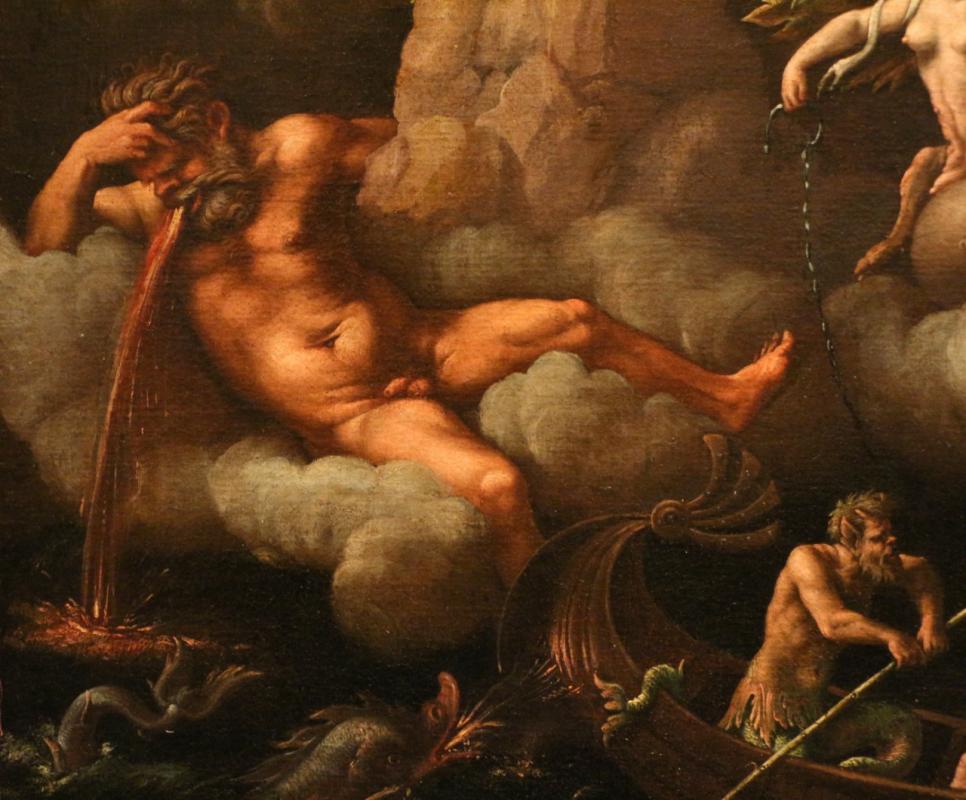
It is true that the human body has the adequate defenses to prevent and correct the damage caused by harmful agents but these defense mechanisms are not always able to function in the best way. However, man has recently discovered that there are substances capable of blocking the damage produced by contaminated molecules that accumulate in the body of organisms. These substances have been tested on some insects and it seems that they work, but it is unlikely that anyone will think of testing them also on humans: on the other hand there could be other methods to favor the removal of defective molecules and prolong human life.
In fact, in recent times some proteins have been synthesized on the basis of the instructions contained in some genes taken from immortal cells which, when injected into normal cells, make them capable of dividing indefinitely. The proteins in question have already been called "proteins of immortality". At this point a general problem arises: if it were really possible to prolong man's life, would it be appropriate to do so?
If human life were longer, population growth would also increase and to make it fall, further action on the birth rate would have to be made. Doing so, however, would increase in percentage and absolute the number of old people who would continue to guide the fate of the planet for ever longer periods, while that of young people would decrease who, on the other hand, would have to wait longer and longer times to enter the world of work. This would lead to a series of very serious damage to the community. Young people represent, in fact, fresh energy, new ideas, the courage to change, the search for alternative solutions to long-standing problems, while a society kept under the control of old and long-lived people risks weakening and fossilizing.
All of us would like to live as long as possible, yet the death of the single individual is indispensable for the health and prosperity of the entire species. The death of living beings leaves the living space free and makes material available for the construction of new forms of life more suitable for the constantly evolving environment. The benefit that a single person could derive from a longer life would be paid for by the decline of humanity as a whole.










